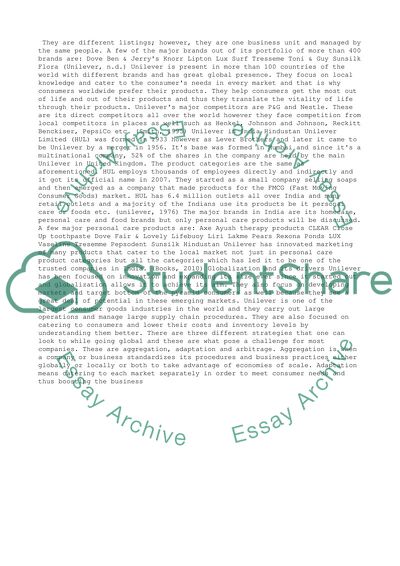Cite this document
(“International Business Essay Example | Topics and Well Written Essays - 3000 words - 2”, n.d.)
International Business Essay Example | Topics and Well Written Essays - 3000 words - 2. Retrieved from https://studentshare.org/business/1403382-international-business-essay
International Business Essay Example | Topics and Well Written Essays - 3000 words - 2. Retrieved from https://studentshare.org/business/1403382-international-business-essay
(International Business Essay Example | Topics and Well Written Essays - 3000 Words - 2)
International Business Essay Example | Topics and Well Written Essays - 3000 Words - 2. https://studentshare.org/business/1403382-international-business-essay.
International Business Essay Example | Topics and Well Written Essays - 3000 Words - 2. https://studentshare.org/business/1403382-international-business-essay.
“International Business Essay Example | Topics and Well Written Essays - 3000 Words - 2”, n.d. https://studentshare.org/business/1403382-international-business-essay.


